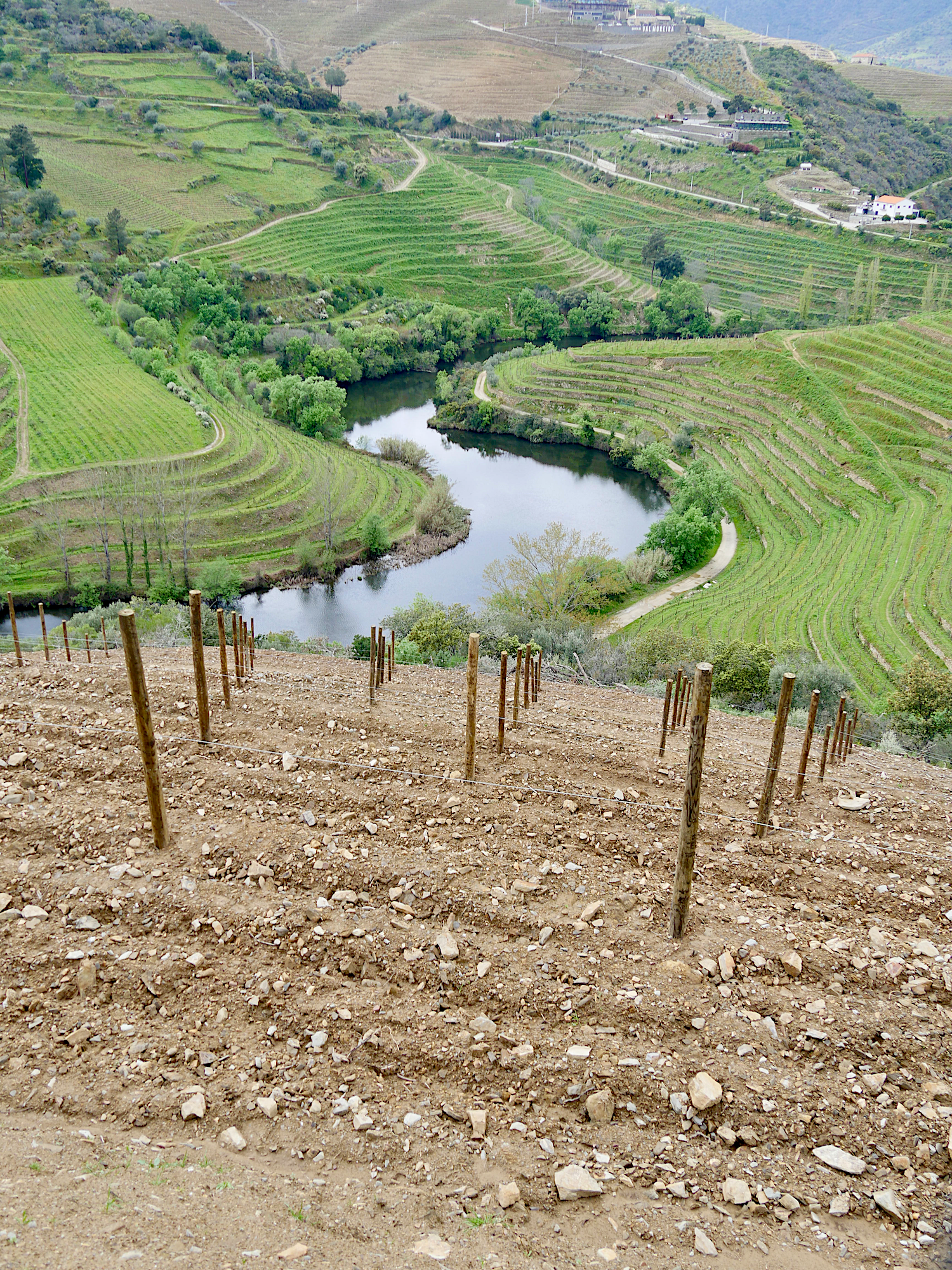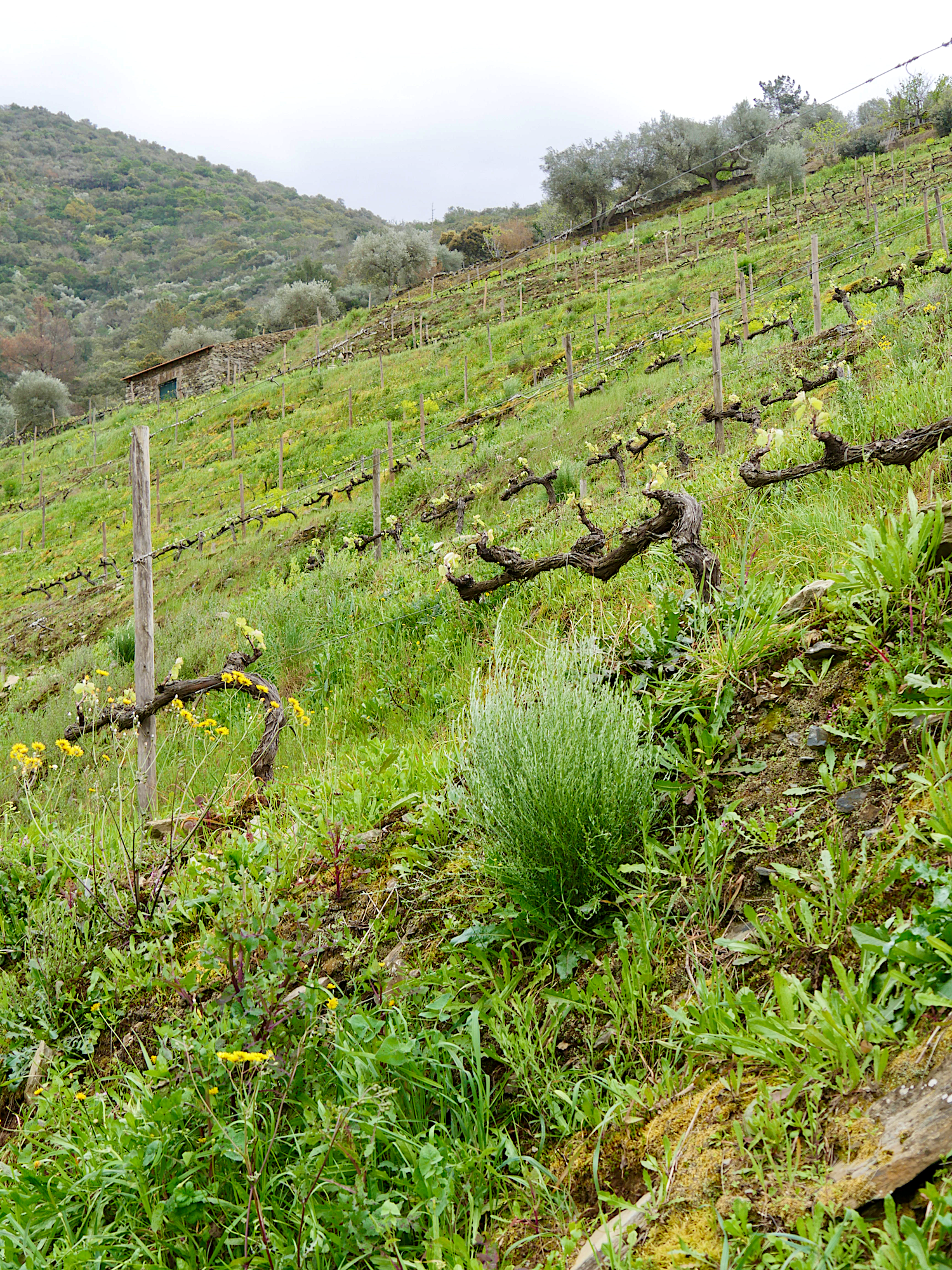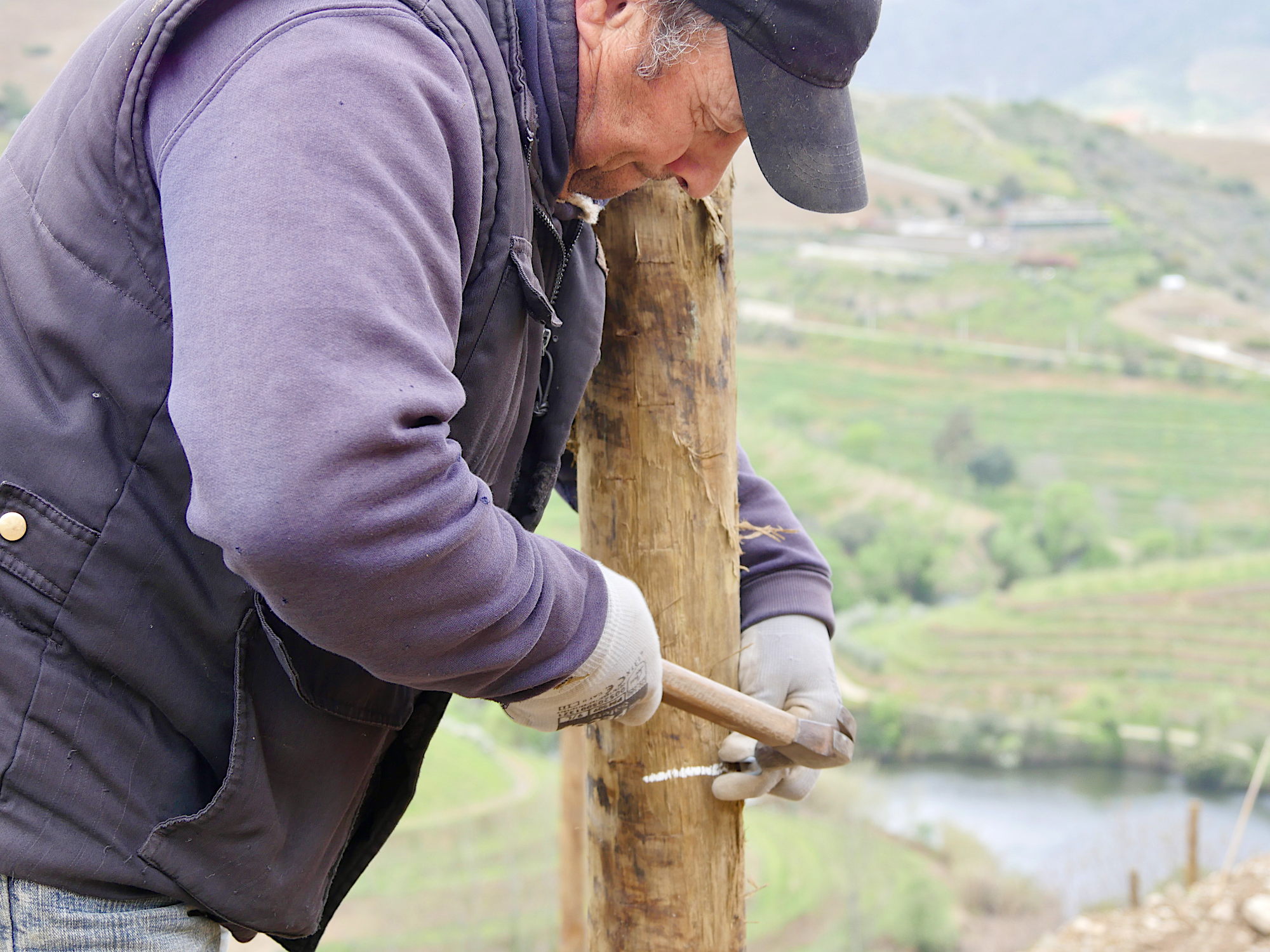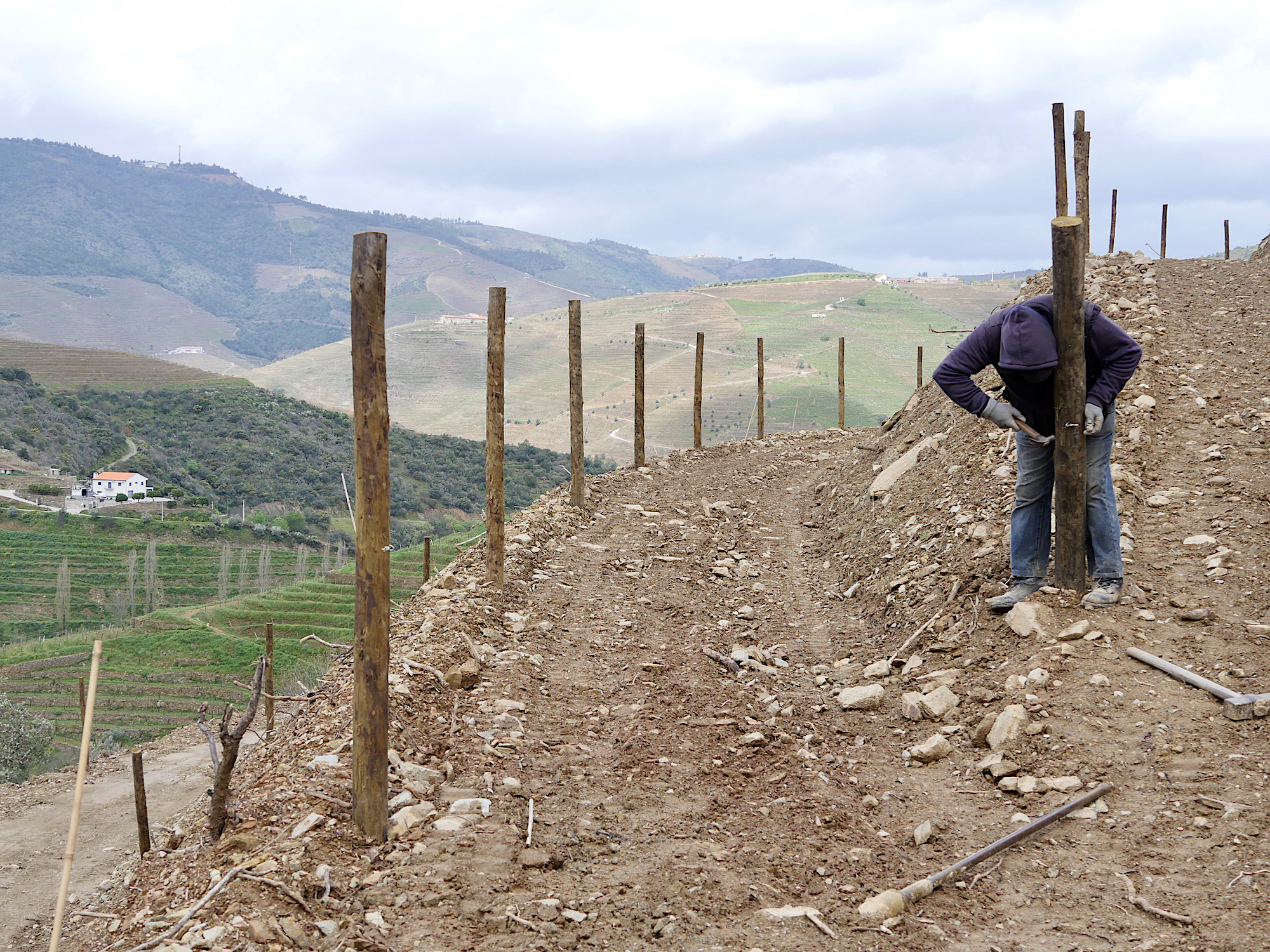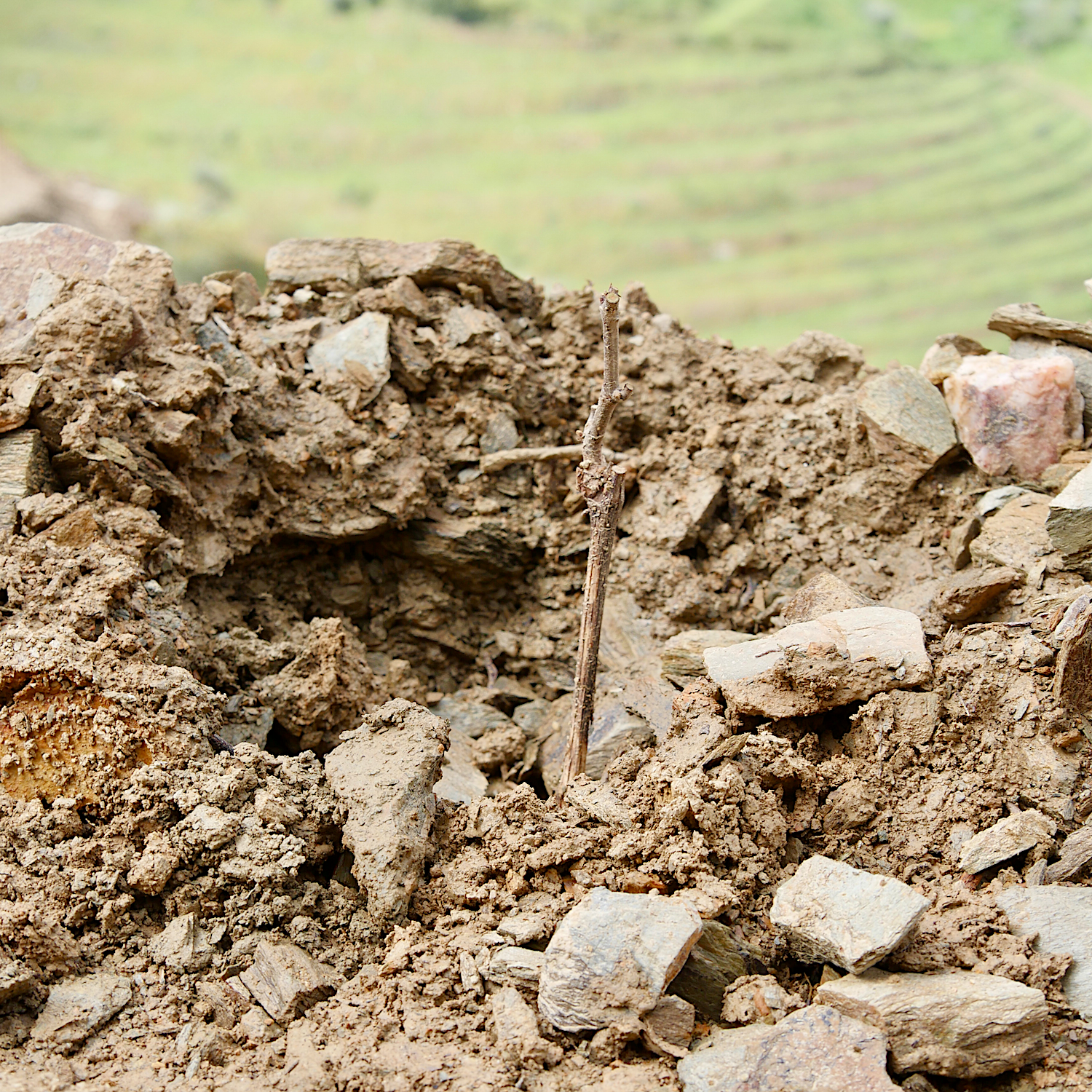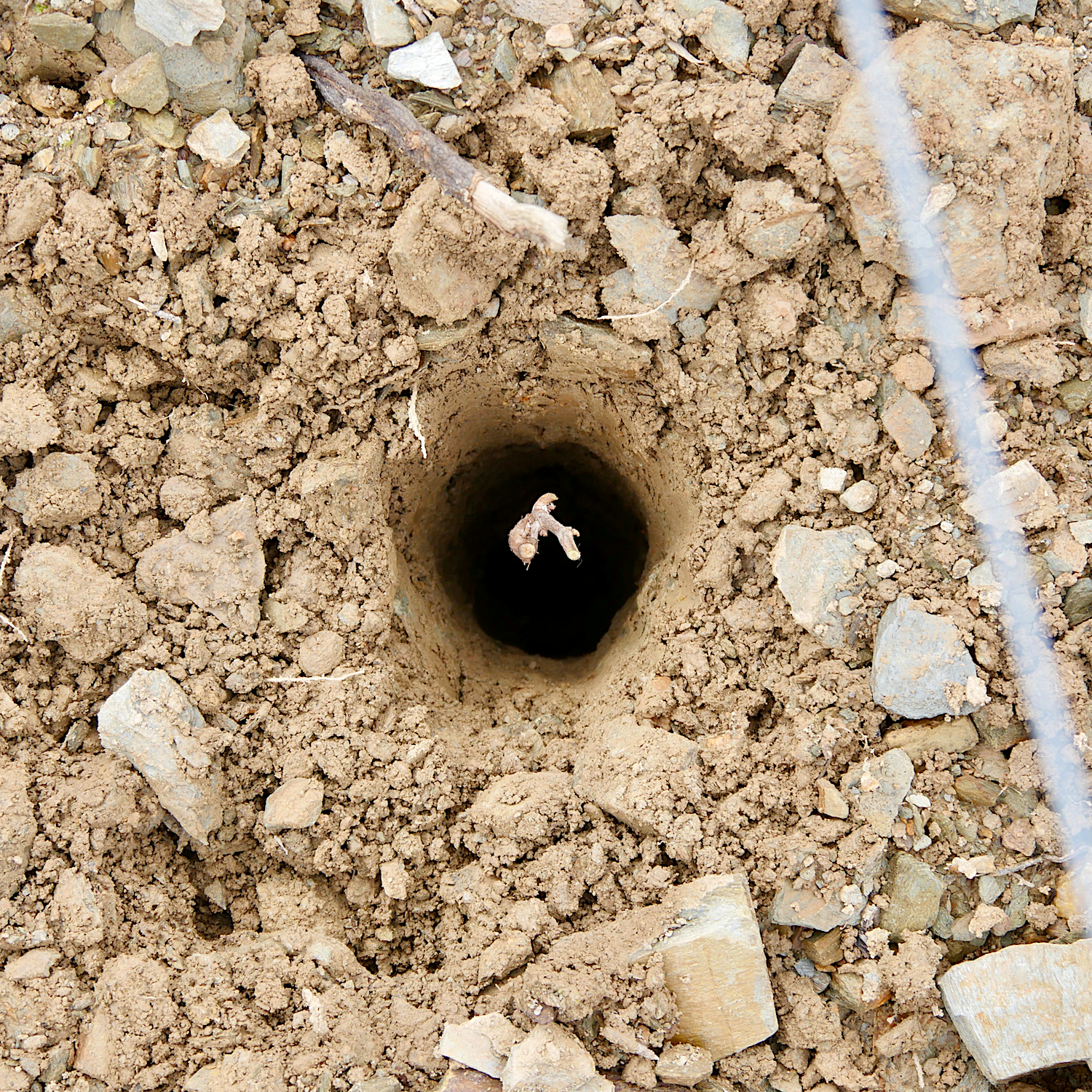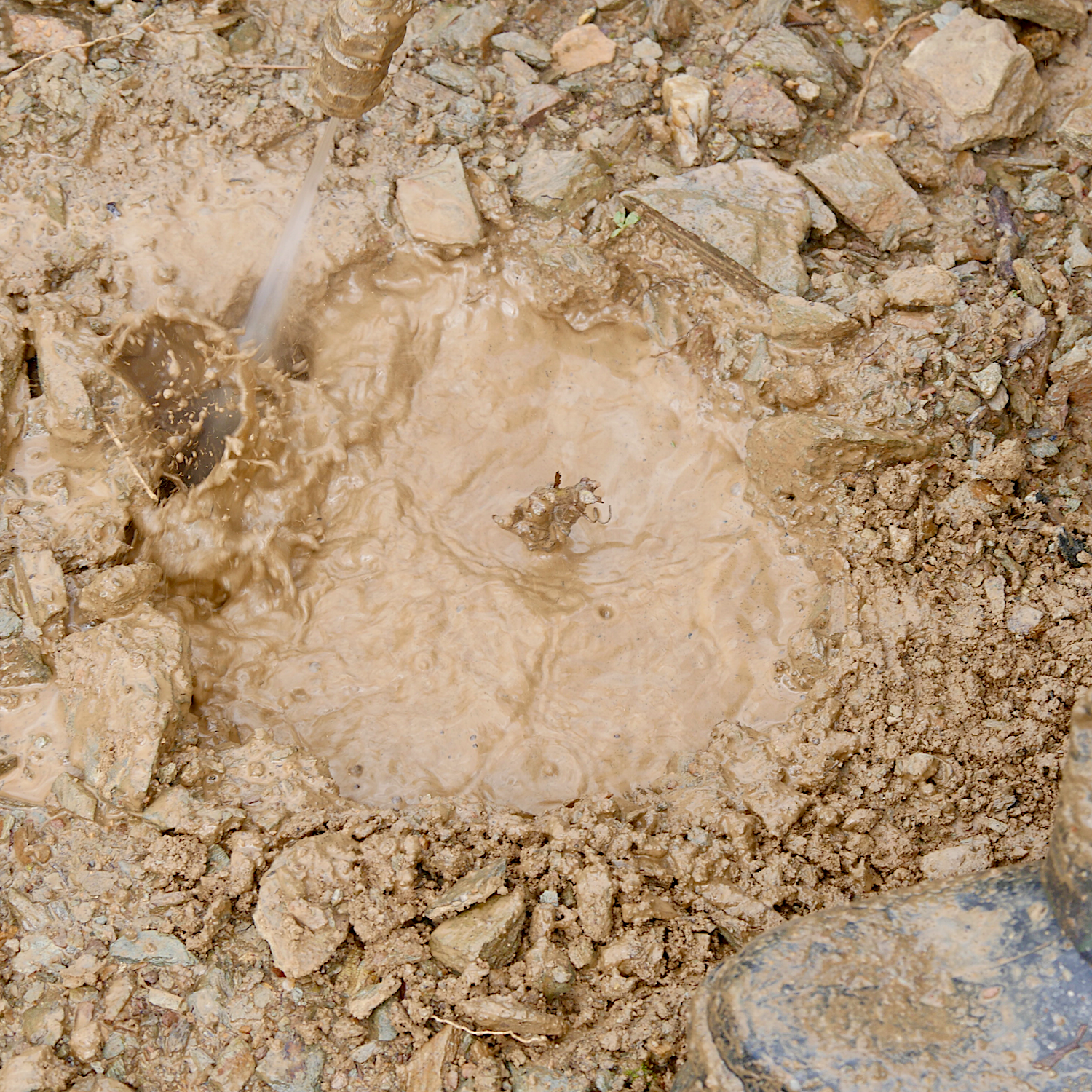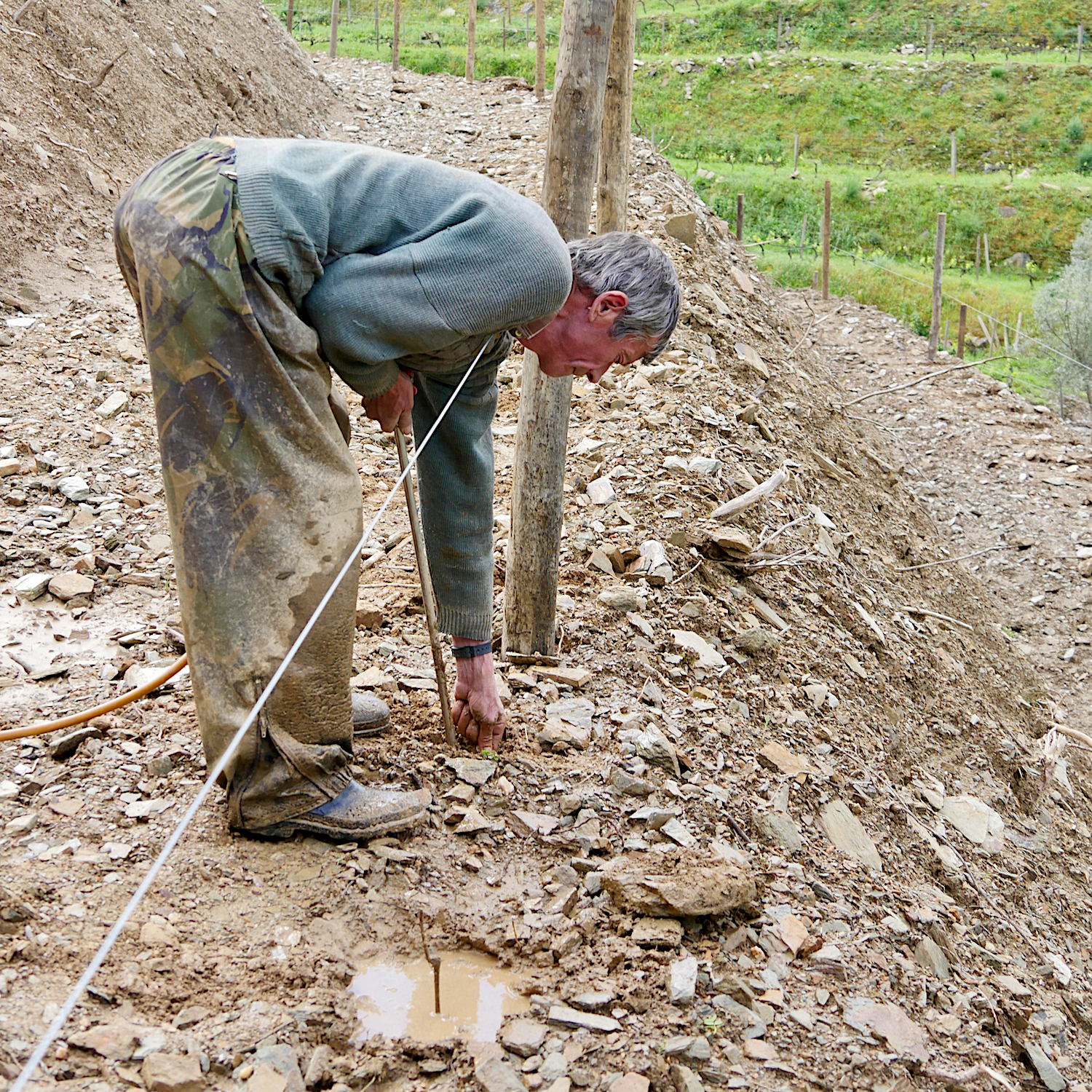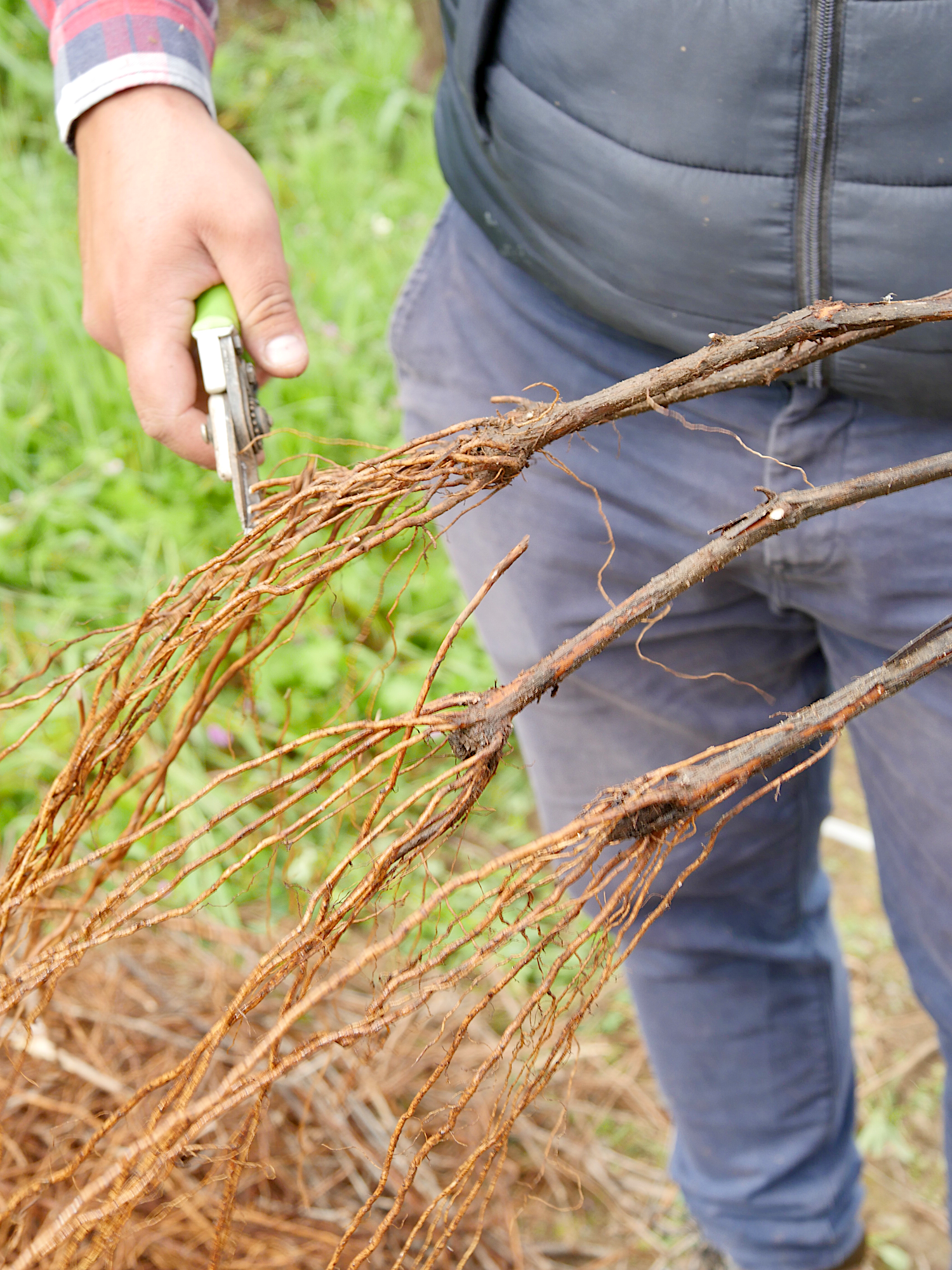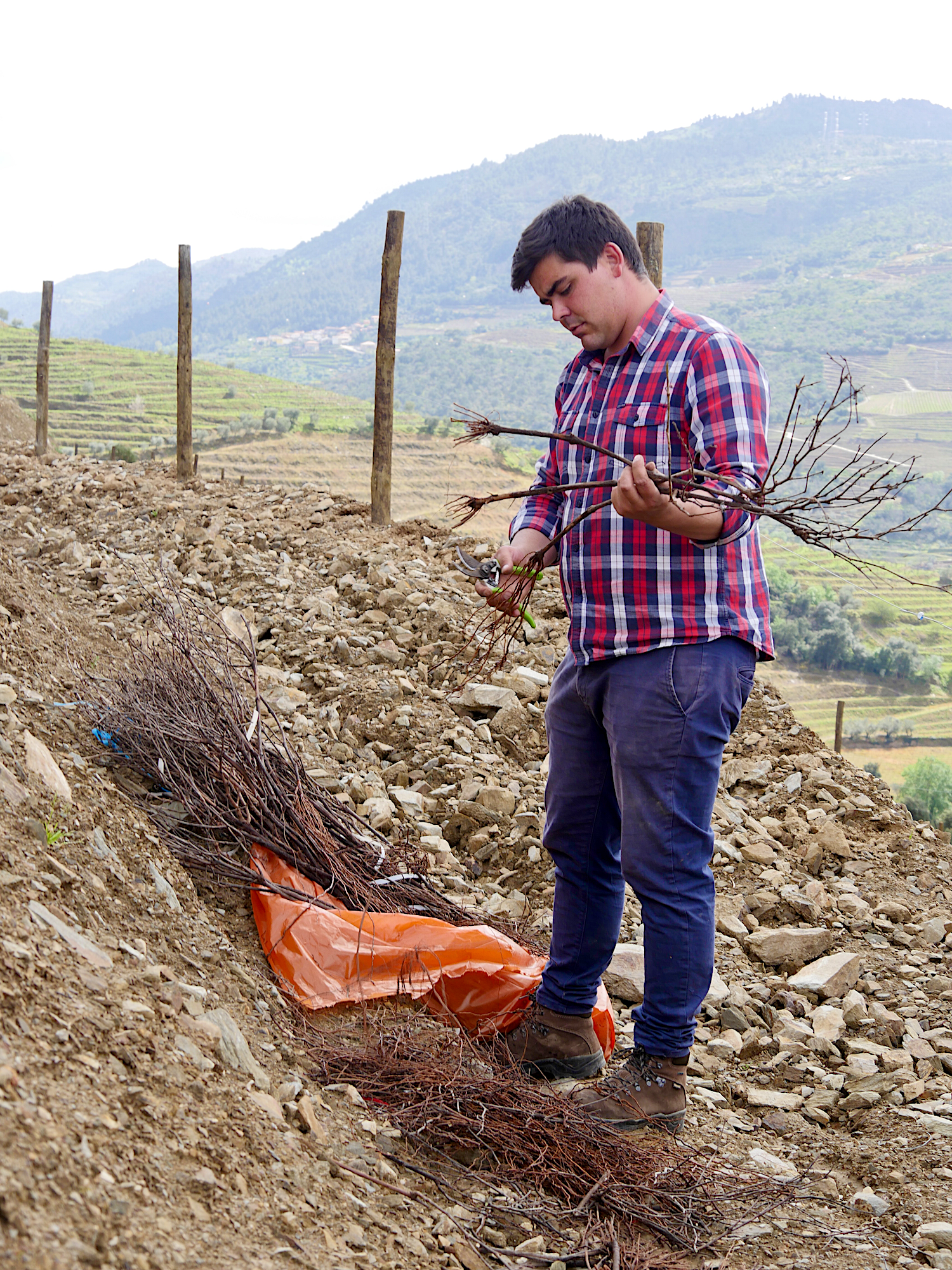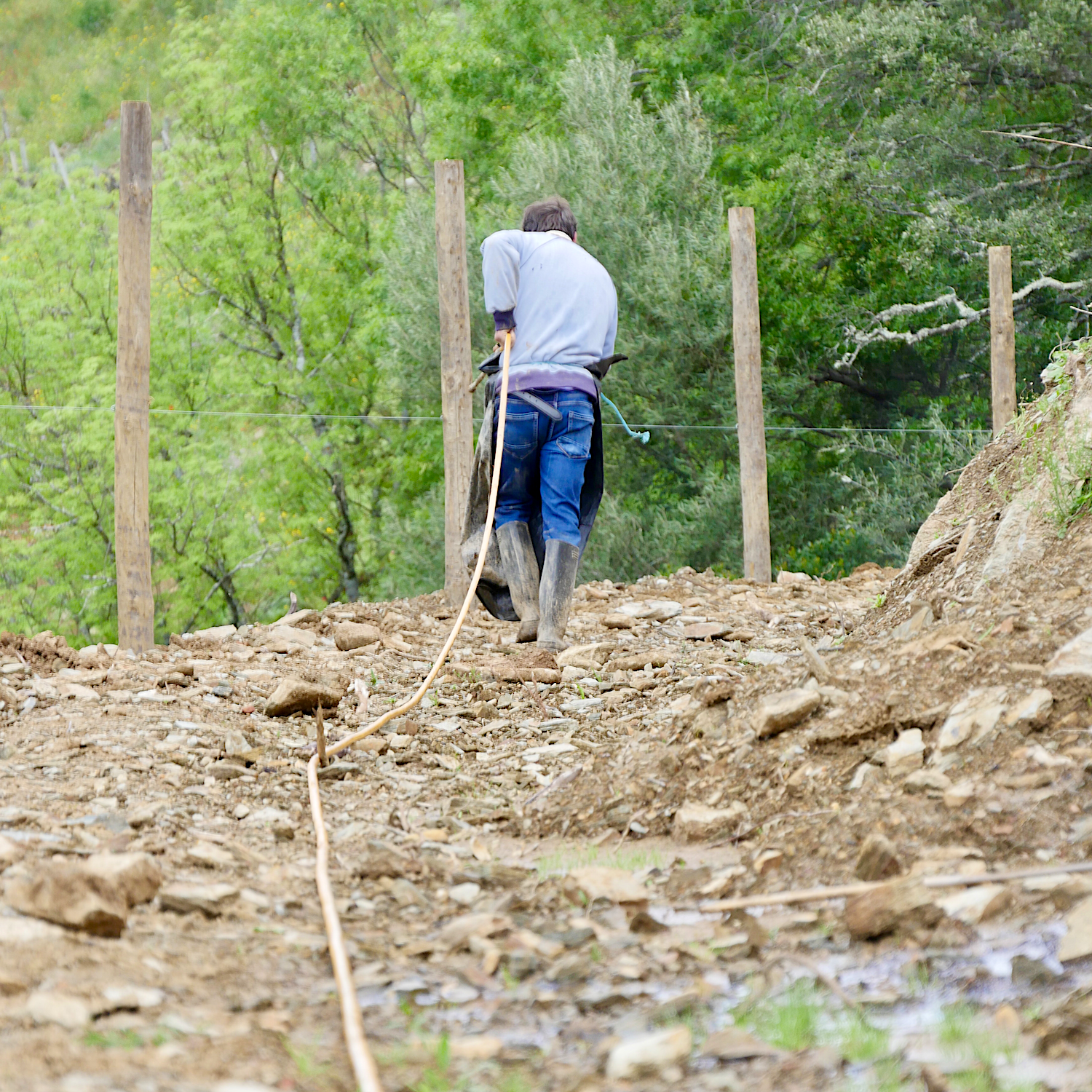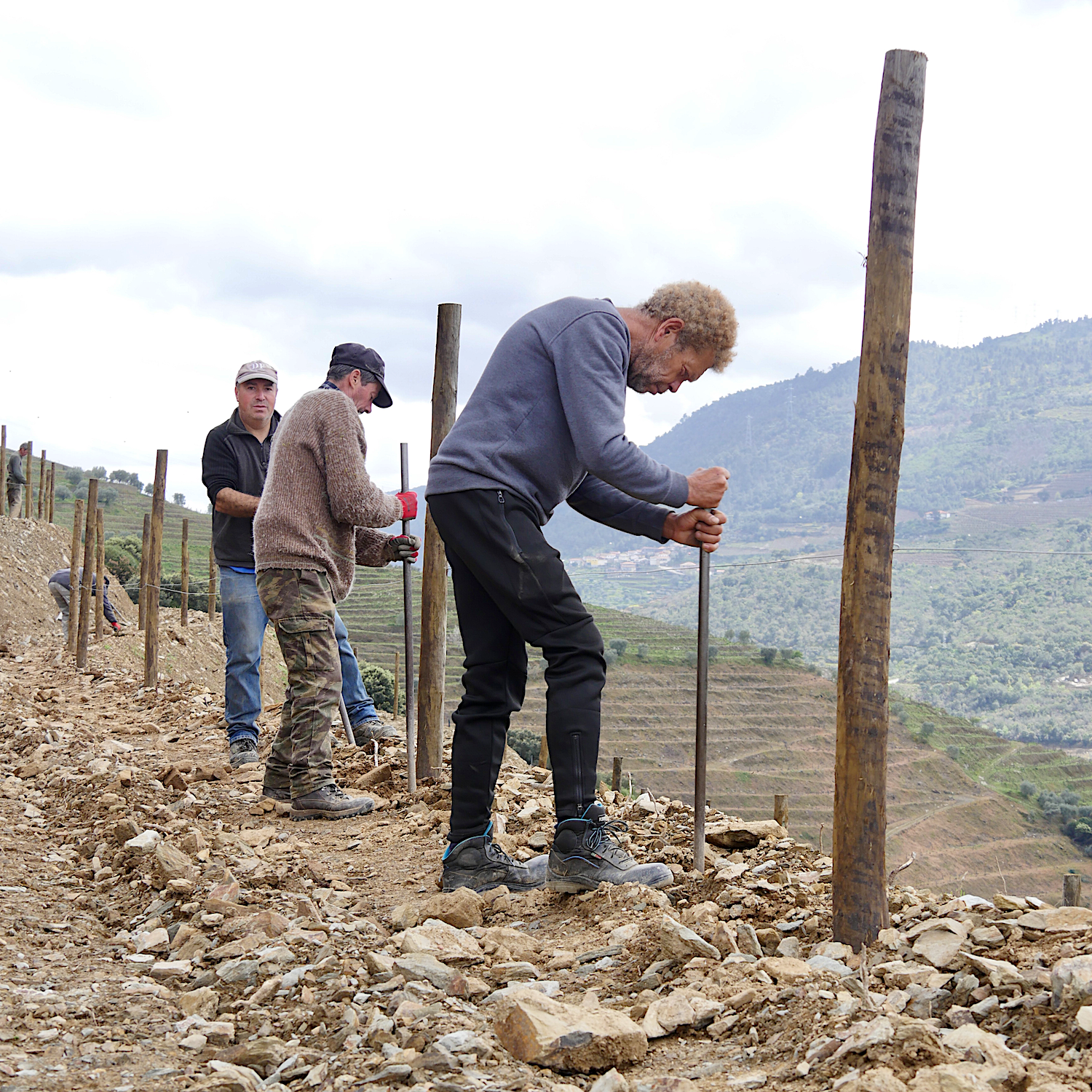Douro DOC Rosé 2023
Notes sur les vendanges :
Les vendanges 2023 ont commencé tôt, le 28 août, et ont été constamment chaudes et sèches, suivies d'une vague d'orages intermittents, ce qui a donné lieu à une récolte multiple*.
*Consultez plus en détail nos notes sur les vendanges 2023 dans notre blog d'août 2023 : https://www.quintadotedo.com/kays-blog-bouchard/harvest-2023-fr.
Nos vignobles biologiques sont situés dans un rayon de 2 km autour de Quinta do Tedo, ce qui permet de suivre de près la maturation de nos parcelles plantées de différents cépages, et de les vendanger au moment optimal.
Les grappes de Touriga Nacional, Touriga Franca et Tinta Roriz destinées au Douro DOC Rosé et provenant de nos vignobles les plus frais (situés à une altitude plus élevée et exposés au nord) sont toujours les premières à succomber aux ciseaux et mains agiles de nos vendangeurs, afin de préserver leurs arômes et acidité frais.
Un pressage très léger suivi de fermentation et élevage, partie en amphores de cocciopesto et en partie en cuves d'inox, garantit que notre rosé est délicat et vif, texturé et complexe, et unique en son genre.
Notes de dégustation :
À l'œil - pétale de rose pâle qui évolue vers un or rose plus chaud avec l'âge (1 à 2 ans) ; élégant, brillant et invitant. Ce qui peut sembler provençal en apparence est indubitablement Douro dans l'âme - une expression rosée moderne de notre Douro DOC rouge classique.
Au nez - magnifique, frais et complexe ; petites fraises des bois, pamplemousse et rhubarbe avec des fleurs de jasmin et des arômes exotiques de groseille, de mandarine et de melon vert ; minéralité intrigante apportée par la vinification en partie amphore de cocciopesto.
En bouche - en harmonie avec le nez, ajoutez framboise, groseille et myrtille, une acidité brillante, une texture gastronomique et une complexité minérale.
C'est un rosé polyvalent mais sérieux, parfait pour accompagner les journées d'été au bord de la piscine, les plateaux de fromages et les salades, les fruits de mer et les légumes grillés, les quiches, les pâtes (sauce tomate, pesto ou saumon et créme fraiche), et pourquoi pas les plats mexicains et asiatiques ?



































